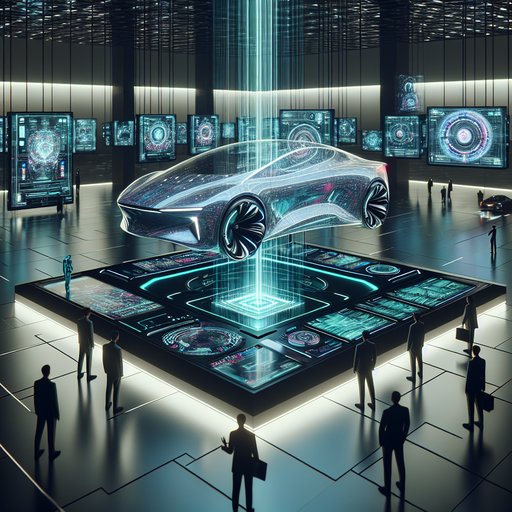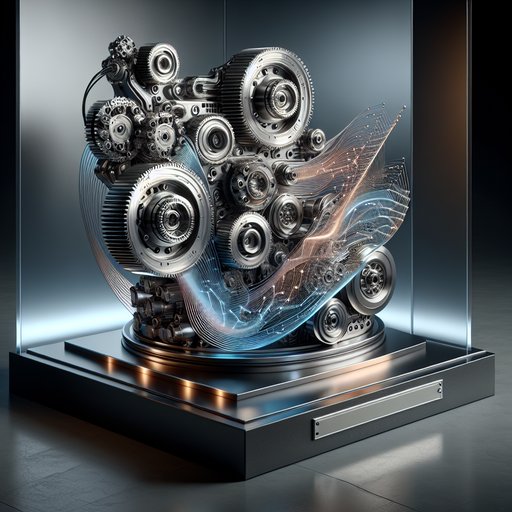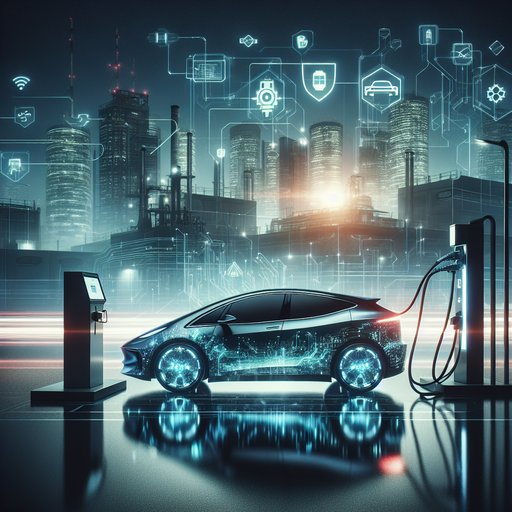
Over-the-air updates are turning cars into evolving, curated experiences that gain capabilities long after they leave the factory. Automakers and their software partners now schedule feature drops much like museums program seasons, with designers, composers, and guest artists shaping interfaces and soundscapes that arrive overnight. Over the past year, updates have added hands‑free driving expansions, faster charging, new app stores, and even digital art modes, changing what owners can expect from a vehicle’s life cycle. The immediate impact is pragmatic and cultural at once: safer commutes, smarter charging, and richer in‑cabin media that treat drivers and passengers as an audience. With exhibitions at CES and major auto shows previewing roadmaps, institutions from carmakers to galleries are aligning to make the automobile a software-first object.

As 2025 model-year cars roll into showrooms, crash-avoidance, sensing, and driver-monitoring systems are being shaped as much by designers and curators as by engineers. Museums and design-led institutions are helping audiences understand how vehicles now anticipate hazards, see in poor light, and watch for driver fatigue—turning safety into an experience people can learn and trust. The result is a clearer public conversation about what’s in the car, what data it uses, and how interfaces guide behavior, even as regulators tighten standards and automakers push over-the-air updates.

From design studios to museum floors, the latest high-performance drivetrains are being presented as works of kinetic art—objects where sculpture meets code. This report summarizes the mechanical craft and the software intelligence now shaping supercars and hypercars, drawing on examples celebrated by curators, prized by collectors, and tested before live audiences at major shows. The immediate impact is tangible: crisper launches, sharper corner exits, and efficiencies that extend performance without sacrificing character.

Automotive cybersecurity moved from lab demos to boardroom priorities in 2024, as researchers, criminals, and infrastructure bugs converged to stress-test the modern car’s software stack. From prize-winning exploits at an industry hacking contest in Tokyo to a dealership IT meltdown in the U.S. and a high-profile charger firmware fix in September, the year underscored how code now steers commerce as much as wheels do. Regulators also tightened screws, with new cybersecurity requirements taking full effect across major markets. The immediate impacts were visible: over-the-air patches, service appointments, and contingency plans rippling from factories to forecourts.











